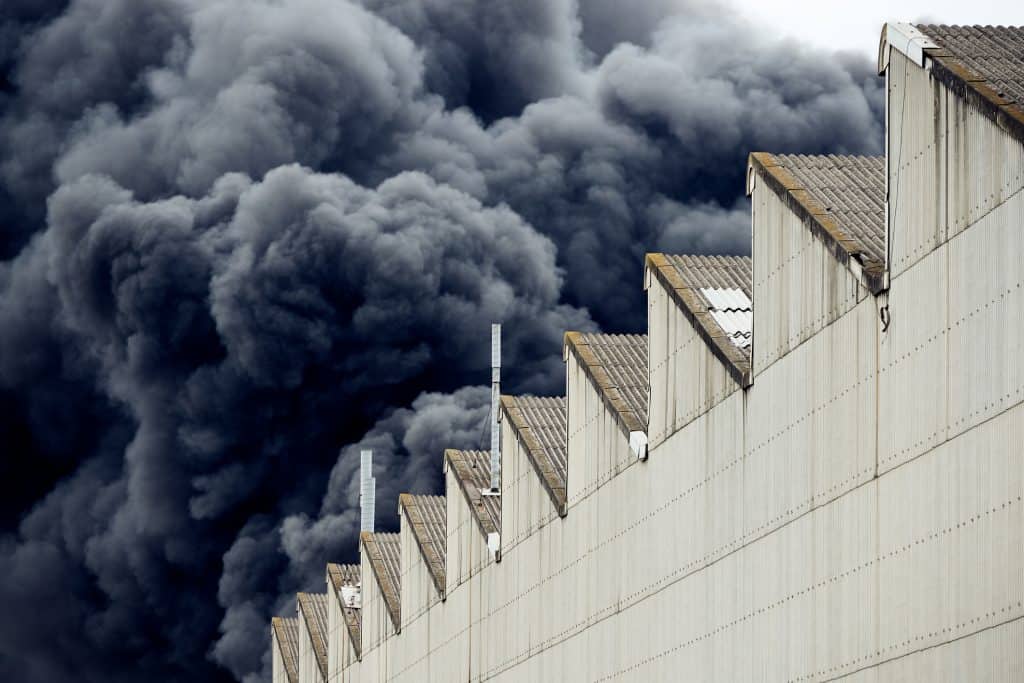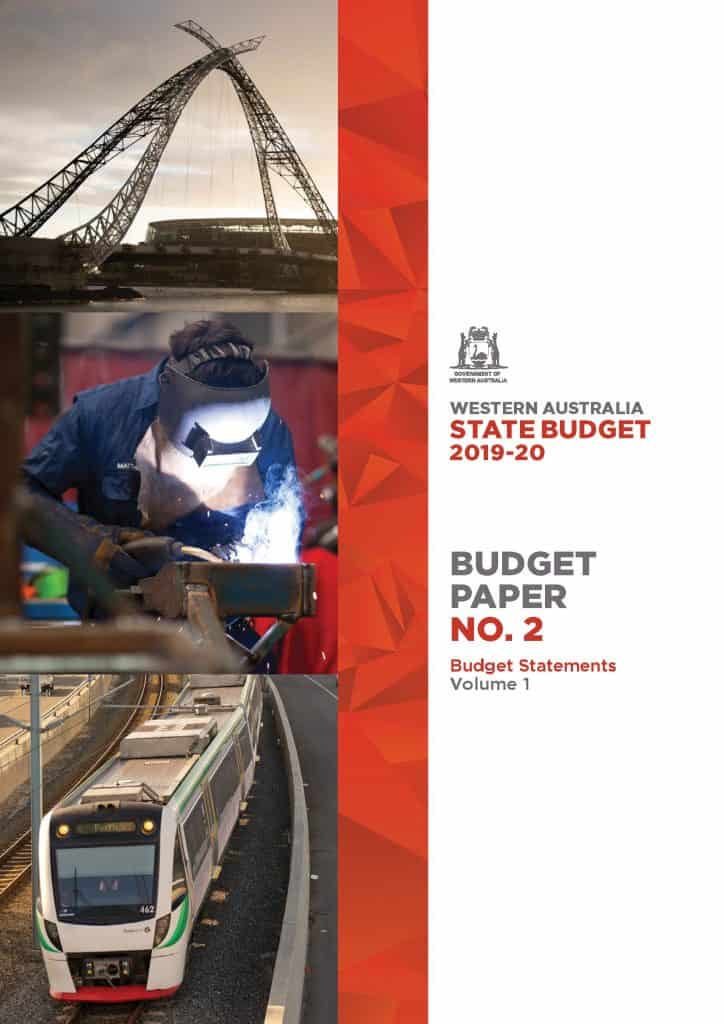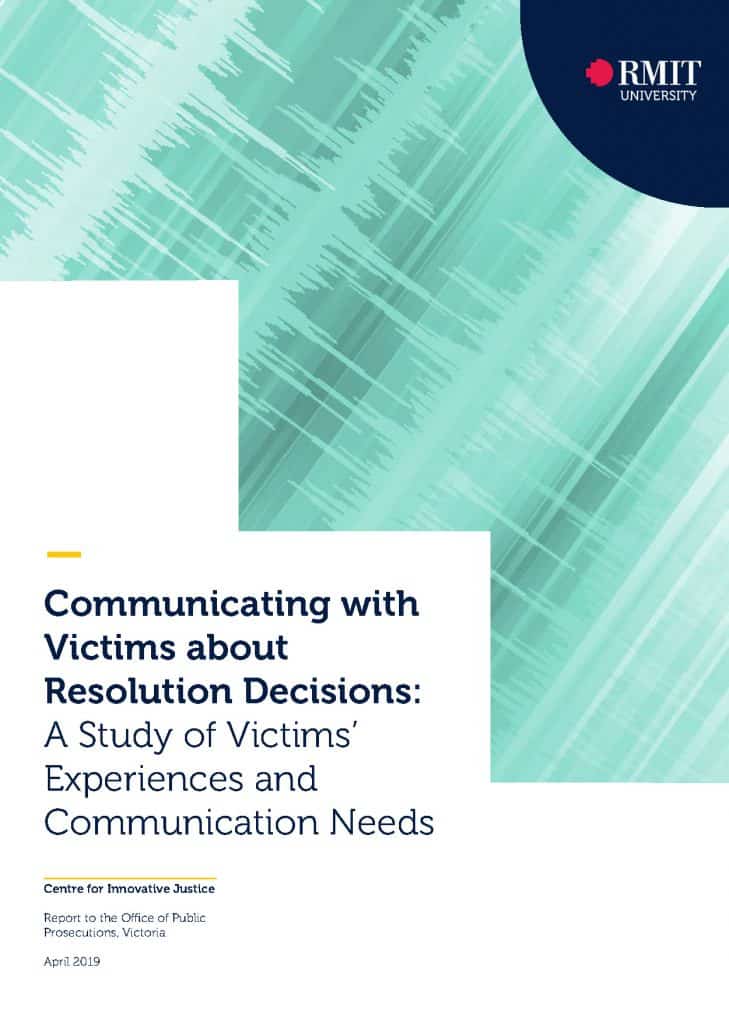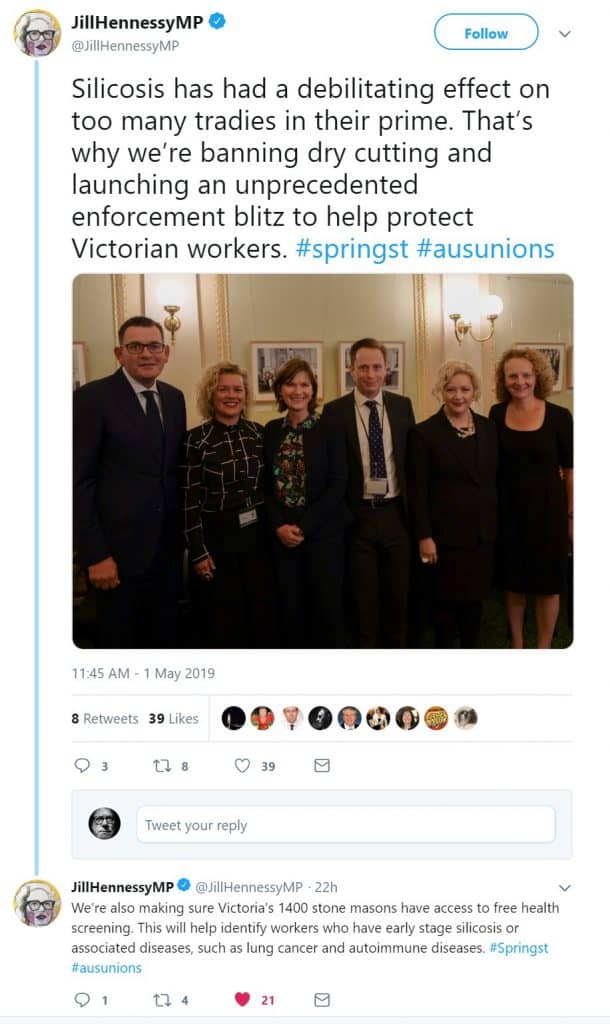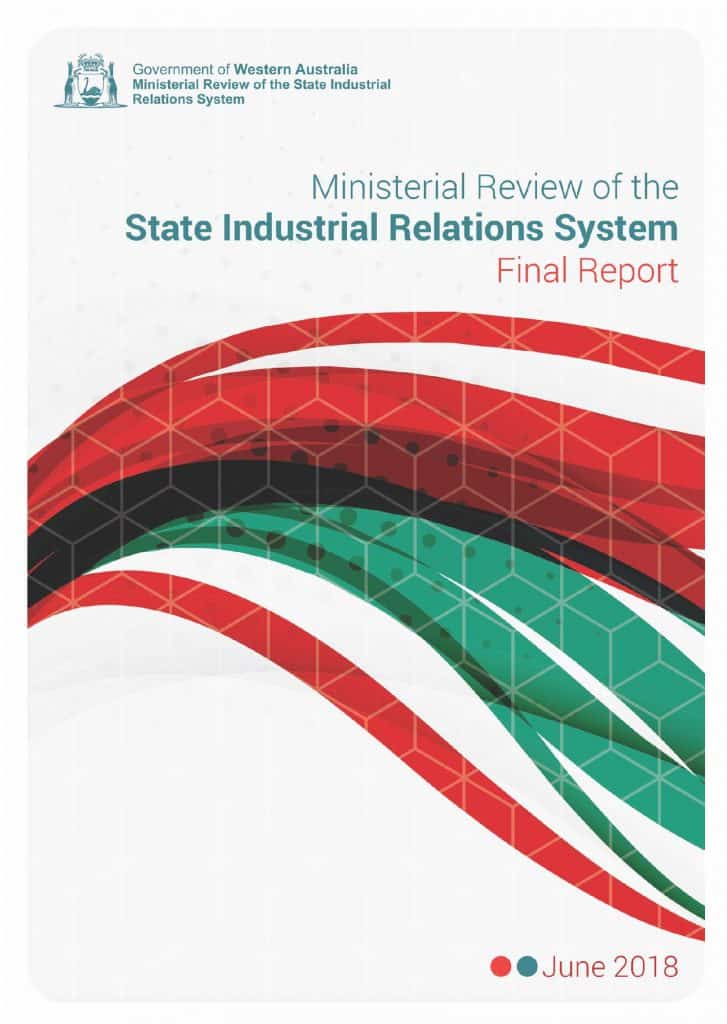SafeWorkSA’s CEO, Martyn Campbell, is fast becoming the highest profile occupational health and safety (OHS) regulator in Australia, partly because he has committed to communicating with stakeholders. Recently on the SafetyOnTap podcast Campbell, spoke about non-paper-based compliance. Given the current attention to safety clutter by David Provan and Greg Smith, his comments deserve some brief consideration.

Campbell was speaking about the importance of formalising OHS investigations through ICAM or root cause analysis and how proof of safety compliance comes through paperwork:

